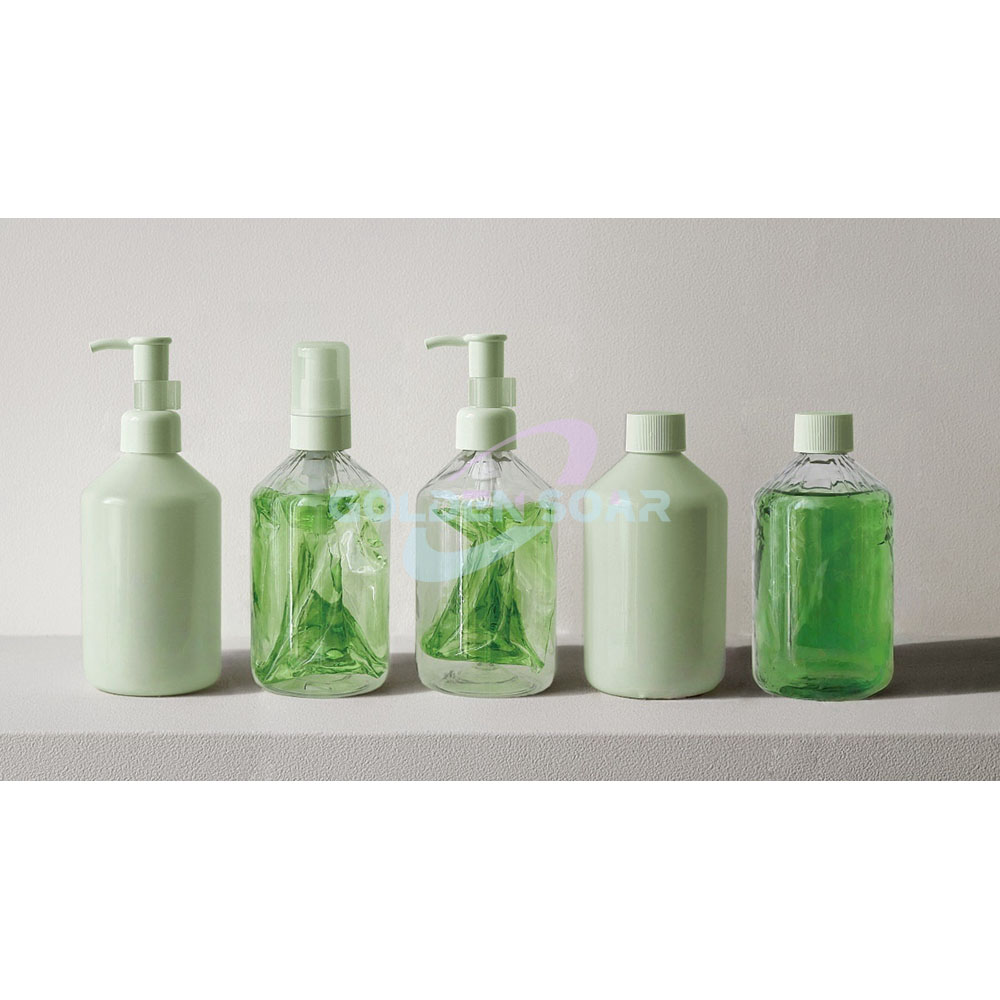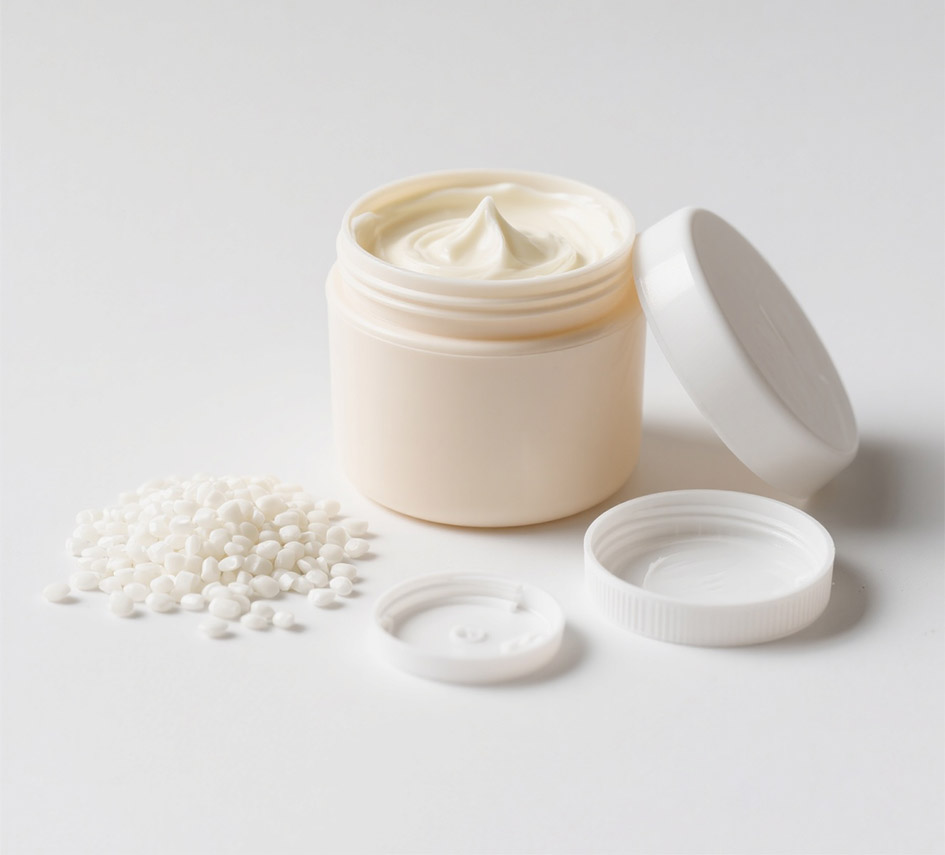
At present
{In today's sustainability-driven society, the demand for green packaging methods is increasing. Three commonly used plastics in packaging are polyethylene substance, PP plastic, and polyethylene terephthalate resin. Each medium offers unique features that make it beneficial for multiple applications. Polyethylene is a resilient plastic often used in films, while polypropylene is known for its endurance and is commonly found in jars. PET, on the other hand, is translucent and lightweight, making it a popular choice for refreshment vessels.
{When choosing sustainable packaging, it's vital to analyze factors such as the reusability of the substance, its natural effect, and its functionality.
Merits of PET Packaging in Food and Beverage
{PET coverings have become a popular choice for the food and beverage industry due to their numerous merits. One key advantage is its lightweight nature, which translates to reduced delivery costs and a smaller carbon footprint. PET is also sustainably processable, making it an environmentally ethical option. Furthermore, its transparent guise allows for product visibility, enticing consumers and enhancing brand presentation.
- Additionally, PET's durability protects goods from damage during handling and keeping, ensuring freshness and quality.
- Owing to its barrier properties, PET effectively inhibits the entry of moisture, oxygen, and debris, preserving product flavor and safety.
On the whole, PET covers offer a workable solution for the food and beverage industry, combining cost-effectiveness with planet-friendly considerations.
Polypropylene Packaging: Benefits for Diverse Markets
{Polypropylene materials, commonly known as PP, has emerged as a leading choice for consumer goods due to its exceptional versatility and durability. These attributes make it ideal for a wide range of applications, from food boxes to household possessions. The inherent strength of PP provides excellent protection against impact, erosion, ensuring the integrity of the product throughout its lifecycle. Furthermore, PP's capacity to withstand a variety of temperatures and environmental conditions makes it suitable for both indoor and outdoor use.
- PP packaging offers a high level of repurposing, minimizing its environmental influence.
- Creators often utilize PP to create lightweight and compact packaging solutions, reducing transportation fees, and promoting eco-friendliness.
- The smooth surface of PP makes it easy to print on, allowing for clear and vibrant product inscription.
To conclude, PP packaging's combination of durability, versatility, and sustainability has firmly established it as a preferred choice for protecting and presenting consumer goods in today's market.
The role of aluminum in Premium and Protective Packaging
{Aluminum has emerged as a key material in the domain of premium and protective packaging. Its inherent peculiarities make it an ideal choice for safeguarding wares during transport and storage. Aluminum's strength provides exceptional defense against environmental factors such as moisture, oxygen, and light, ensuring product integrity and extending shelf life. Furthermore, aluminum's decorative appeal contributes to the premium perception of packaged goods, enhancing brand prominence.
Evaluating Qualities of PE, PET, PP, Aluminum
{Various plastics and metals possess distinct specific characteristics that influence their applications. Polyethylene compound, commonly known as PE, is renowned for its flexibility and low cost, making it suitable for packaging and envelopes. Polyethylene terephthalate commonly referred to as PET exhibits high hardiness and clarity, finding use in beverage bottles and textiles. Polypropylene material, or PP, demonstrates strength and chemical resistance, allocating it for items like containers and automotive parts. Aluminum, a metal, stands out due to its exceptional conductivity and recyclability, aiding applications ranging from cans to construction materials.
Eco-Friendly Alternatives: Biodegradable and Compostable Options
{In today's society, it's more essential than ever to lower our impact on the planet. One way to do this is by opting for earth-conscious alternatives to standard products. Biodegradable and compostable options offer a superb solution to trash problems. These materials biodegrade naturally over time, replenishing valuable nutrients to the soil.
- Samples of biodegradable and compostable products contain food ware, sacks, and even textiles.
- By choosing these options, we can copyright natural resources and produce a more nature-based future.
Improvements in Flexible Packaging: PE Films and Laminates
{The flexible packaging industry uninterruptedly strives to develop innovative solutions that meet the evolving demands of consumers and manufacturers. Polyethylene (PE) films and laminates have emerged as key players in this landscape, offering a wide range of properties such as strength, durability, barrier performance, and versatility. Recent enhancements in PE film technology have led to the creation of high-performance materials with improved puncture resistance, tear strength, and chemical resistance. These enhancements permit the packaging of a diverse range of products, from food and beverages to pharmaceuticals and personal care items.
- Moreover, advancements in lamination techniques have allowed for the integration of multiple layers of PE film with other materials such as elements and metallized foils. This multi-layered approach enhances the protective capabilities of packaging, providing superior barrier properties against moisture, oxygen, and light.
- Accordingly, flexible PE films and laminates are increasingly being employed in sustainable packaging solutions. Their lightweight nature reduces transportation costs and shrinks the environmental impact associated with packaging waste.
Analyzing the Contribution
{In an era defined by environmental consciousness, the impact of packaging on sustainability has come under intense scrutiny. Traditionally, packaging has been viewed as a linear system, where materials are extracted, processed, used once and then discarded. However, embracing a circular economy approach presents a transformative solution. That paradigm emphasizes reducing waste by reusing, repairing, and recycling packaging materials, minimizing the depletion of resources and environmental impact. By implementing innovative design strategies and fostering collaboration across the supply chain, businesses can create a closed-loop system where packaging becomes a valuable resource rather than a source of pollution.
- A circular economy approach to packaging prioritizes the reuse and recycling of materials.
- Cutting-edge design strategies play a crucial role in minimizing packaging waste.
- Collaboration across the supply chain is essential for achieving a truly sustainable system.
Directives and Supplies for Packaging
{Packaging substances are controlled by a variety of guidelines designed to ensure the welfare of consumers and the surroundings. These mandates often set forth the types of components that can be used, as well as prohibitions on packagingdesign to avoid potential hazards. Obedience with these regulations is vital for companies to avoid fines. These standards can vary from locale to locale, so it is important for businesses to understand the specific norms that apply to their merchandise. A regular intention of packaging ordinances is to advocate environmental responsibility. This commonly involves supporting the use of reclaimed goods PET Packaging and lessening packaging disposal.
Packaging Weight Reduction
{In today's dynamic market, consumer goods producers are constantly seeking innovation/optimization/advancements to enhance both the performance/efficacy/effectiveness of their packaging and its environmental footprint. Lightweighting/Material optimization/Reducing density emerges as a key strategy in achieving this balance. By strategically/intelligently/carefully reducing the weight of packaging materials without compromising protection/integrity/security, manufacturers can achieve significant benefits/gains/advantages. These include lowered/reduced/diminished transportation costs, minimized/decreased/limited environmental impact through lesser/reduced/minimal resource consumption and carbon footprint, and improved/enhanced/optimized shelf appeal due to a more streamlined/compact/efficient design.
- Additionally/Furthermore/Moreover, lighter packaging can often lead to increased/enhanced/boosted product stackability, allowing for greater/more/superior storage efficiency and potentially lowering/reducing/minimizing overall shipping volumes.
Therefore/Consequently/As a result, investments/initiatives/commitments in lightweighting represent a strategic/forward-thinking/proactive step towards sustainable/eco-conscious/responsible packaging solutions that meet the demands of both consumers and the planet.
Choosing the Right Packaging Material: Factors to Consider
When it comes to packaging your goods, the choice of material is vital. It's not just about look; the right packaging needs to protect your items during transit and fulfill specific requirements. Here are some crucial factors to think about:
- Product Type
- Longevity
- Environmental Impact
- Valuation
- Brand Image
By prudently considering these factors, you can identify the perfect packaging material to present your products while maintaining their care. 